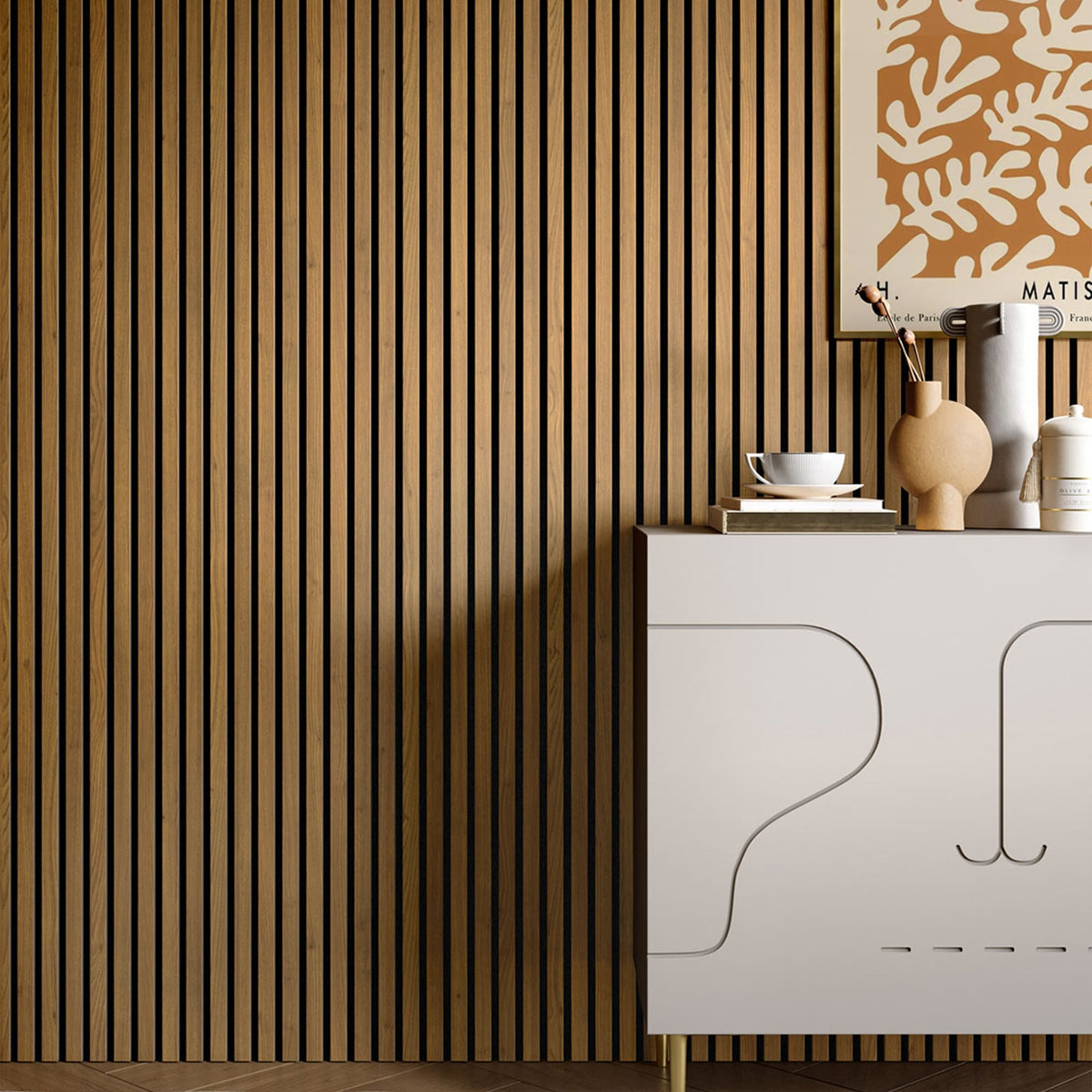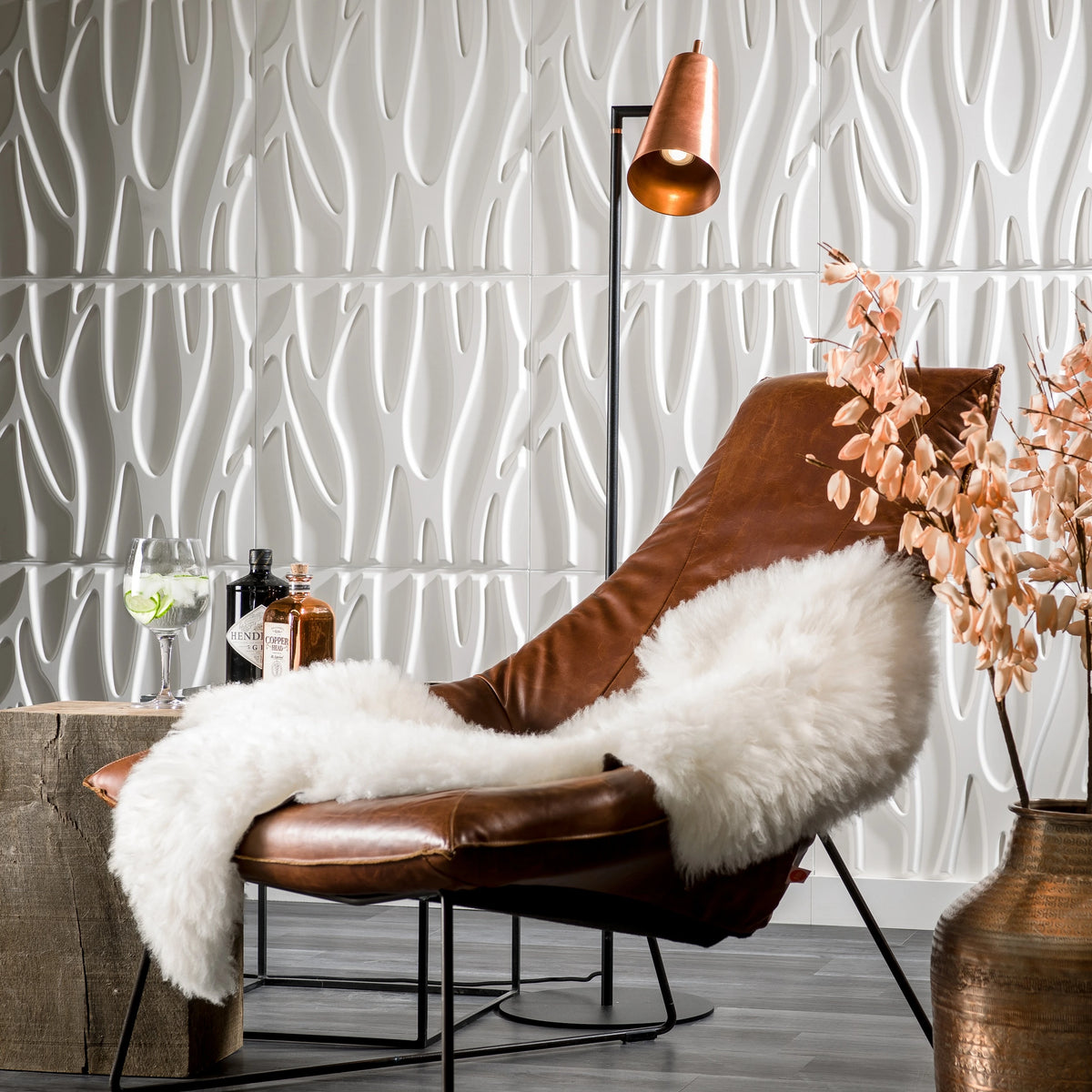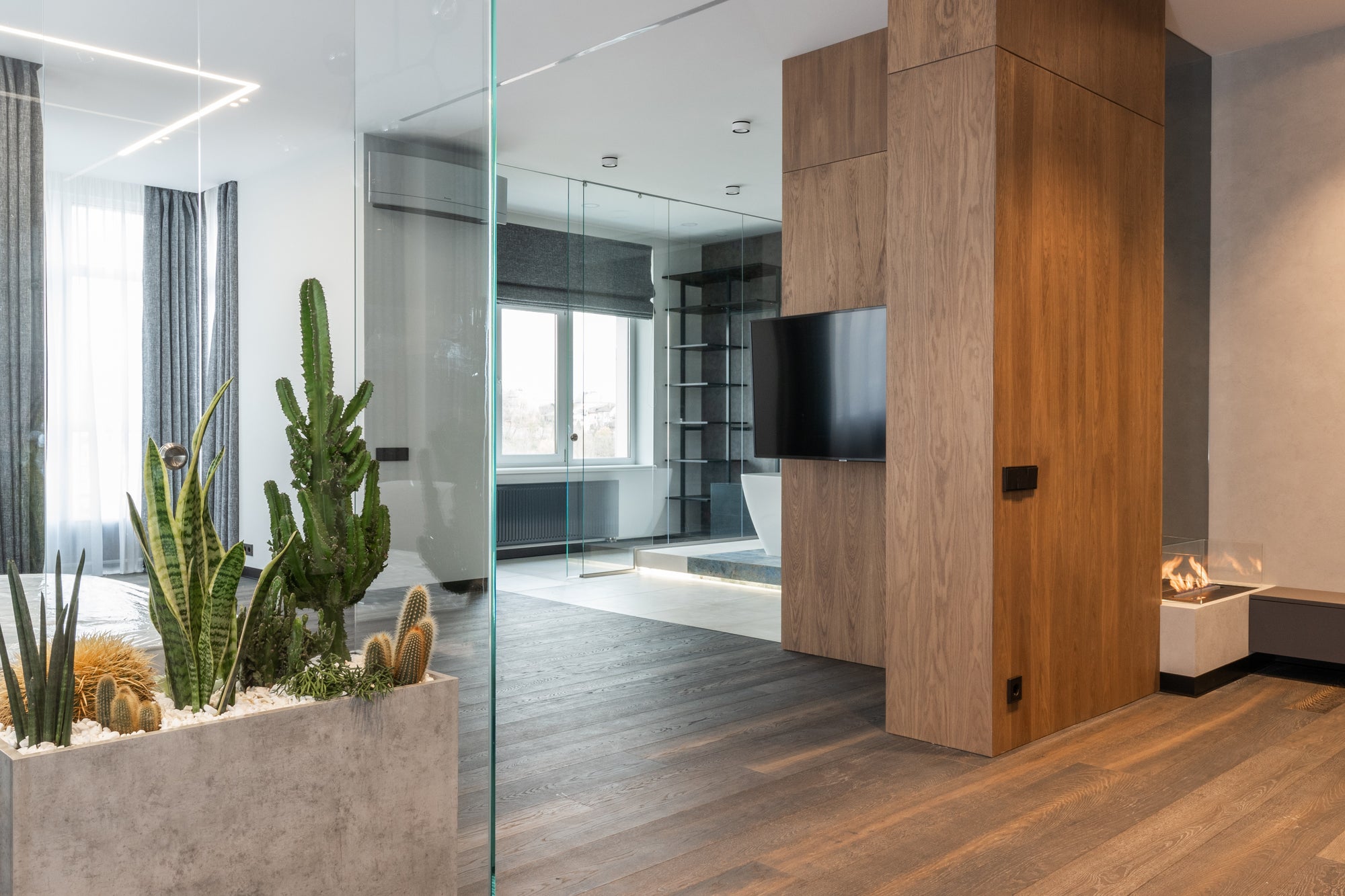When it comes to hardwood flooring, the choice between red oak and white oak can be tricky. Both have unique characteristics that lend them their own appeal and functionality.
I can assure you that both types have their own charms, but depending on your specific needs and style, one might be a better fit for your home than the other. Let's dive in and uncover the pros and cons of red oak vs white oak flooring.
The Majestic Oaks

Oak is a timeless classic. Its rich grains, natural color variations, and sturdy structure have made it a staple in the flooring industry for years. But what's the difference between red and white oak flooring? To the untrained eye, they might seem similar, but look closely and you'll notice they have unique traits that set them apart.
Check Our Best-Selling Product Here
Read More: Know Your Needs Better: Vinyl Flooring vs Tile Flooring
Red Oak Flooring: The Warm Charmer

Red oak flooring is loved for its warm tones and pronounced grain patterns. The 'red' in its name comes from the subtle reddish tint that adds a cozy feel to any room. The grain is characterized by swirling patterns and wavy lines, contributing to its distinct appearance.
Red oak is also a bit softer than white oak, rating around 1290 on the Janka hardness scale, a standardized measure of wood hardness. This might make it slightly more susceptible to dings and scratches, but rest assured, it's still incredibly durable and suitable for high-traffic areas.
One significant advantage of red oak is its compatibility with stains. If you love playing around with different hues, red oak's open grain structure absorbs stains more evenly, giving you a wider range of color customization options.
White Oak Flooring: The Subtle Sophisticate

White oak flooring, on the other hand, leans towards cooler tones with a more understated grain pattern. The 'white' in its name is somewhat misleading as it typically exhibits hues from light beige to medium brown, with a slightly golden undertone.
White oak is harder than red oak, standing at around 1360 on the Janka scale. This means it's more resistant to wear and tear, an excellent choice for areas with heavy footfall.
In terms of grain, white oak features straighter lines with fewer swirls, lending it a more uniform and clean appearance. Its closed grain structure, however, means it doesn't absorb stains as readily as red oak, but it offers a naturally beautiful, rich color palette even without staining.
Additionally, white oak's density provides better water resistance, making it a suitable choice for rooms prone to moisture, like kitchens or basements.
Check Our Best-Selling Product Here
Read More: Extravagant with Simple Setup: Bathroom Wall Panels Edition
Red Oak vs White Oak (Cost)

When it comes to cost, red oak is typically more affordable than white oak. However, the price difference is usually not significant and could vary based on your location and the quality of the wood.
Choosing Between Red Oak and White Oak Flooring

So, which is better: red oak or white oak flooring? The answer ultimately depends on your specific needs and aesthetic preference.
If you're after a warm, vibrant feel and the freedom to experiment with a variety of stains, red oak could be your pick. It's an excellent choice for a traditional, inviting look.
If durability, water resistance, and a more subtle, sophisticated grain appeal to you, white oak would be a great choice. Its hardiness and refined aesthetic make it perfect for a sleek, modern look.
Check Our Best-Selling Product Here
Read More: Versatile and Elegant: Recommendation for Wood Paneling in Bathroom
Conclusion
Both red and white oak flooring offer distinct advantages and unique beauty. Choosing between them is more about personal preference and the specific needs of your space rather than one being universally 'better' than the other.
As you make your decision, consider factors like foot traffic, moisture exposure, your desired aesthetic, and the room's overall décor.
Whichever oak you choose, red or white, you can't go wrong. Both will add a touch of elegance and timeless appeal to your home, ensuring your floors remain a stylish foundation for years to come.
Remember, your floor is more than just a surface you walk on - it's an integral part of your home's character. So, choose the oak flooring that speaks to you most, and watch it bring your living space to life.













